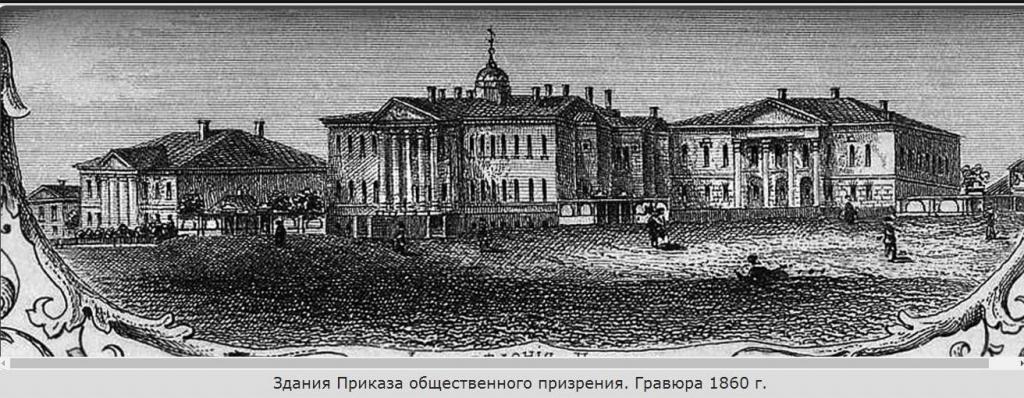In the XVIII century, the life of the main population of Russia (peasantry) was not easy. Put on small, big taxes, and also the landowner needs to work out corvee. Some could not stand it and fed into the cities, but it was even worse there - rarely anyone managed to get out "into the people." Entire gangs of beggars roamed the streets, at night it was better not to meddle in some areas - you would get a knife in the back. The rulers first tried to combat this by violent methods - arrests, exiles to Siberia and corporal punishment. But other measures were needed, and in 1775 Empress Catherine the Great created orders for public charity - the first charitable aid institutions in Russia.
Background and causes of origin
The need to create orders of public charity was ripe at the beginning of the XVIII century. Peter the Great himself tried to solve this problem by establishing city magistrates in 1724. These local governments were instructed, among other things, to maintain strait houses (prisons), schools and orphanages. This was the first time in the history of Russia when the state tried to take care of the poor. But only a year after that, the emperor passed away, and magistrates from influential self-government bodies turned into a small court.
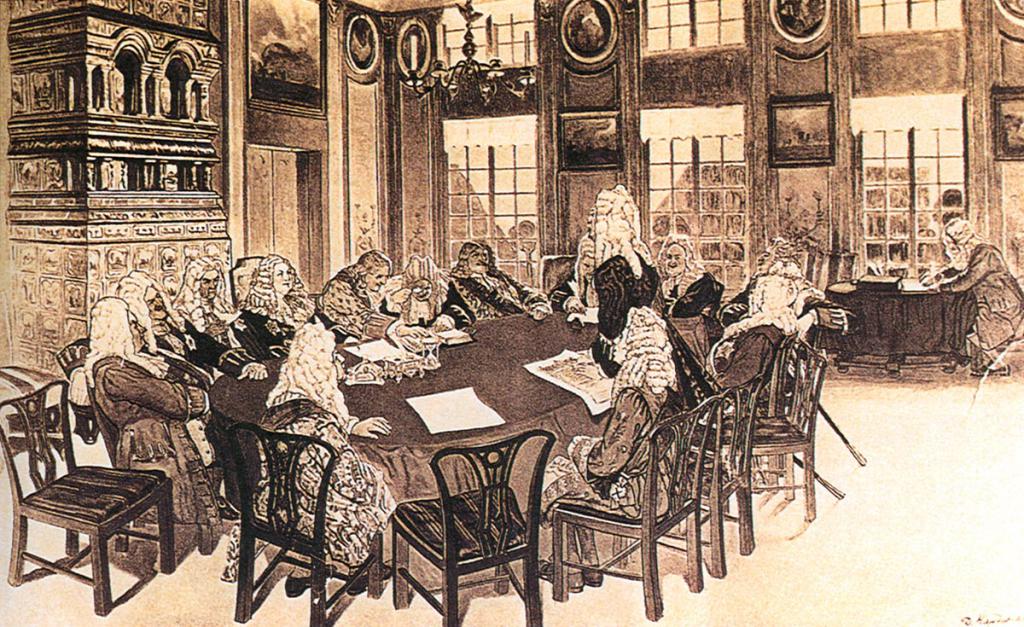
Creation of orders for public charity
Catherine was the successor of all Peter's endeavors and accomplished a lot that her great predecessor failed. But she decided not to impose the functions of social assistance on the governor's offices, but to create special institutions for this. And in 1775, by decree of the empress in each province, they created their own order of public charity. He was headed by the governor, who controlled the work of the institution. Three elected deputies from each estate helped him in this - the nobility, the middle class and the villagers.
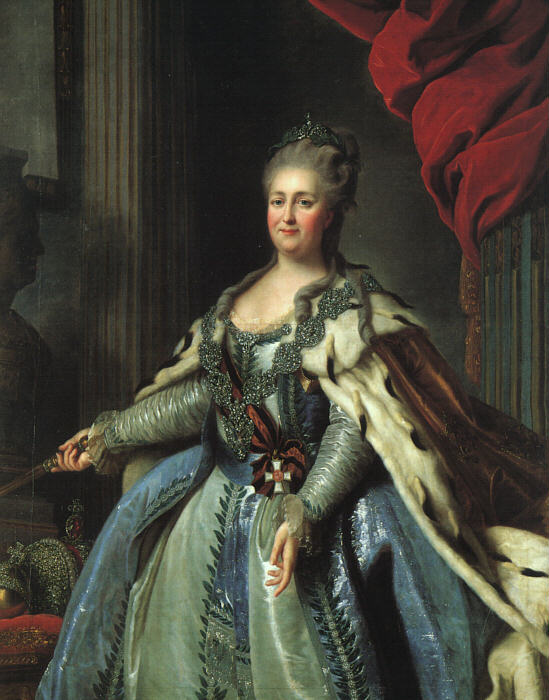
Funds were allocated to orders very poorly: just at that moment Russia waged wars with Turkey, and the budget could not spend heavily on the content of orders of public charity. The financial issue was mainly decided by private donations, fines and other irregular incomes. On the other hand, individual provincial orders had almost complete independence: formally, they were all subordinate to the Ministry of Internal Affairs, but the authorities practically did not interfere in their work.
Activities of orders of public charity
The tasks before the orders were extensive - the maintenance of almshouses, shelters, insane asylums, pharmacies and free hospitals, and even penitentiary institutions - opened the so-called straitjacket, where they served sentences for minor crimes like bodily harm. In addition, until a certain period, all primary education in Russia was in charge of the orders of public charity - all public (that is, free) schools were under its jurisdiction. Even some higher education sponsored orders for some of their pupils - in 1841, more than 4,500,000 people studied at universities at the expense of these institutions.
Key Successes
But the main focus of the orders was the construction of hospitals. Health care in Russia at that time was extremely low. The peasants could not afford to go to the city and hire a doctor for a lot of money and were treated than they had to. There was a very high infant mortality rate: almost every family, even a noble family, had a dead child.Orders open new free hospitals throughout the Russian Empire. Poor people — workers, artisans, tramps, prisoners, and freed peasants — could get help there. In parallel, orphanages are being created for "foundlings" - babies who were abandoned by their parents in infancy.
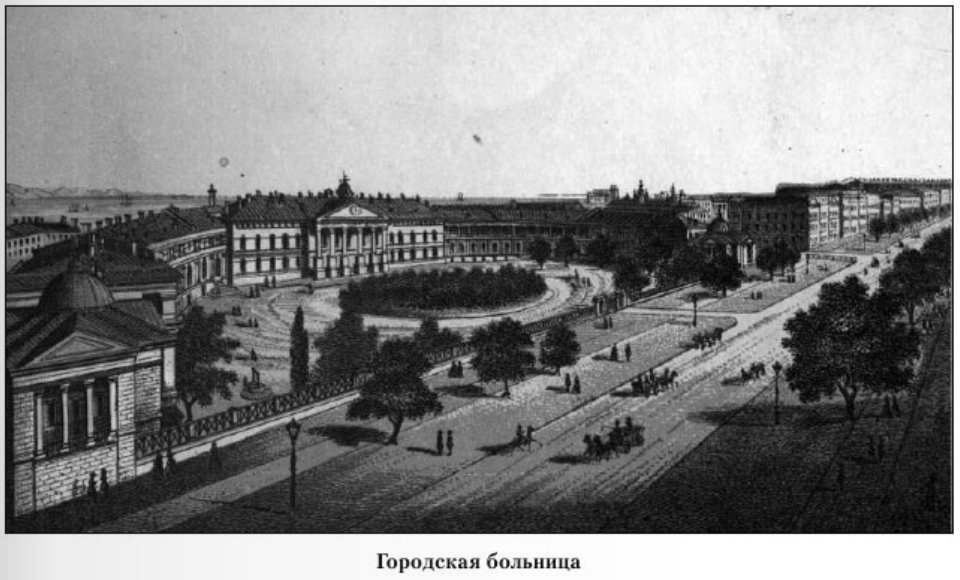
Financial difficulties
For all of the above orders, money was needed, and donations for everything were not enough. In 1775, immediately after her decree, Catherine donated 15 thousand rubles to each provincial order - a large sum for that time. For comparison: the size of the per capita tax (an analogue of today's taxes) ranged from 1 to 2 rubles per year for peasants. But even such huge funds did not last long. Corruption also played a role. To keep orders, they were allowed to conduct financial activities. Money orders came:
- from private donations;
- fines, fees and other small cash receipts;
- repayment of loans (each person could borrow up to 500 rubles);
- income from work houses and factories that belonged to orders;
- income from the sale of loans.
Over time, the financial activities of orders displaced their original function as social protection bodies. So, the Yaroslavl order of public charity distributed all the funds received in 1777-1784 at interest as loans! Orders began to open their savings banks throughout the country and could soon turn into the first banks.
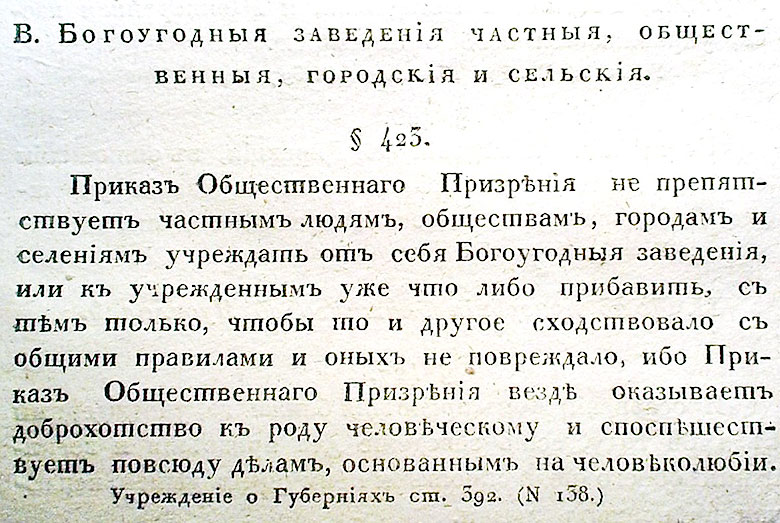
Further story
Soon, more careful control by the state over the financial activities of orders began. Already under Alexander the First, stricter rules for controlling the income of these institutions were introduced. Indeed, many governors used funds for their own needs, directing them to the construction of mansions, gardens and fountains. Now the Ministry of Internal Affairs has begun to tightly control all loans of orders, limiting the rate on them at 6% per annum. Nevertheless, this did not mean curtailing charity - the example was set by the Dowager Empress Maria Fyodorovna herself. From her own funds, she sponsored the opening of several educational institutions in Moscow, Kharkov and Simbirsk. And the Moscow Vocational School, founded by her, eventually grew up at MVTU - Moscow Technical University. Bauman.
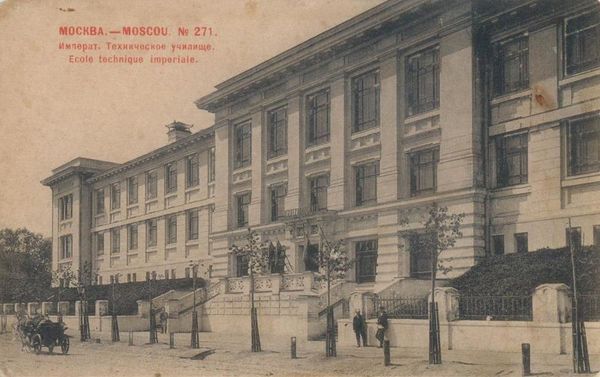
Decline of orders
Over time, the role of public charity orders in Russia began to decline. Many philanthropists - merchants, landowners - donated their money directly to the construction of a hospital, shelter or school, bypassing the order. So much more reliable - and more honor and money do not plunder. After the great reforms of Alexander II, many of their functions were transferred to zemstvo institutions - control over public education, hospitals and shelters. From January 1, 1869, all funds left at the orders of public charity were distributed among the provinces, and they themselves were disbanded in most regions.
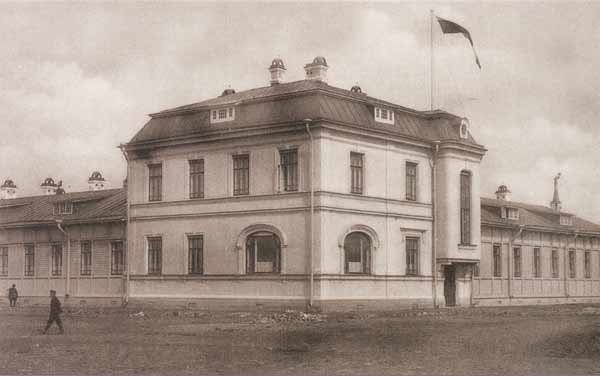
But their story did not end there. Until the beginning of the twentieth century, in 13 non-zemstvo provinces and regions, Don troops had orders, and very successfully. And Russian charity took on new, more developed forms, no longer dependent on the state. So, during the reign of Nicholas II, a Committee for the Analysis of the Poor was created, which solved problems of helping the poor. The government, in connection with the threat of revolution and riots, did not support these undertakings, but despite this, in 1910 the First Congress of Russian figures for charity was held, uniting representatives of various social estates in the matter of social assistance. The Second Congress in 1914 was already supposed to solve specific questions on helping the poor and the poor, but the outbreak of the First World War prevented it.
